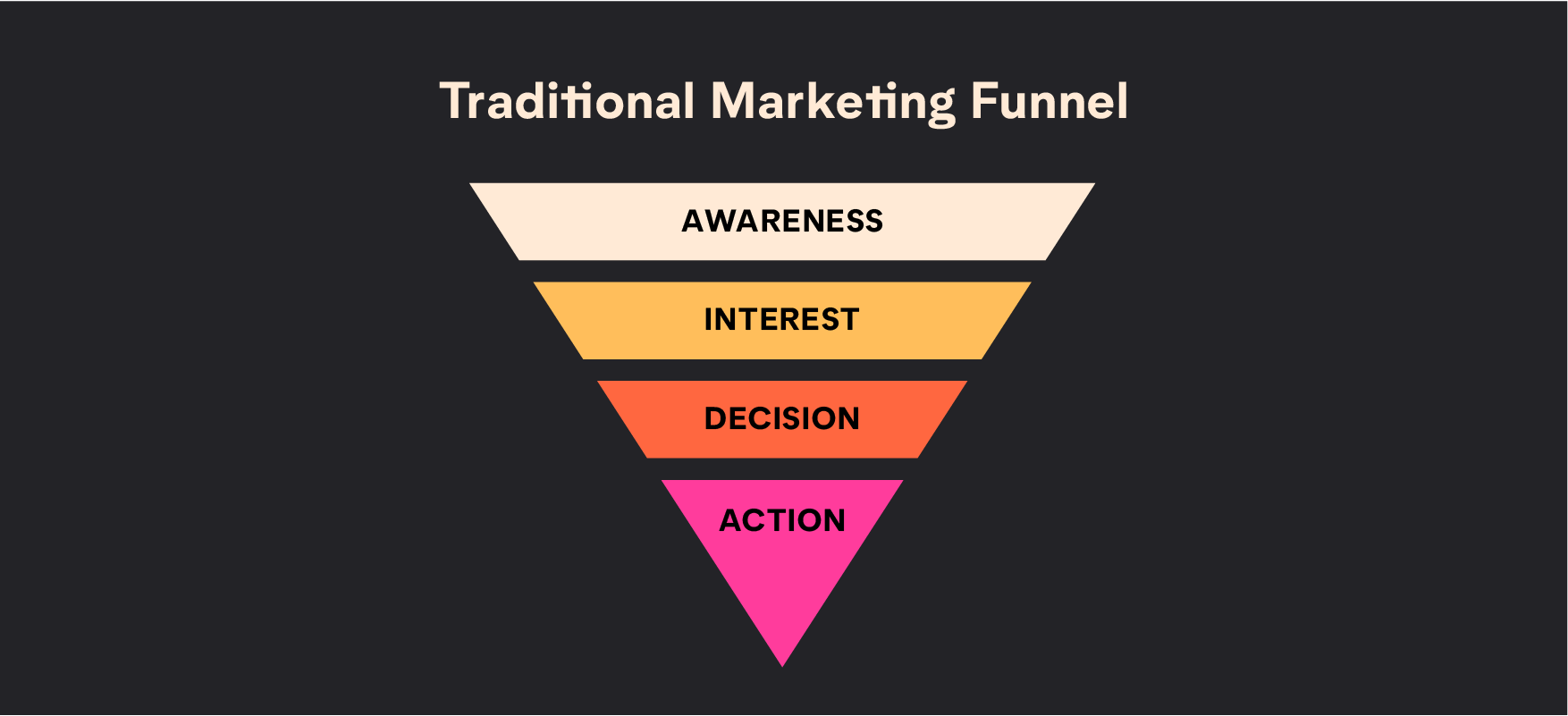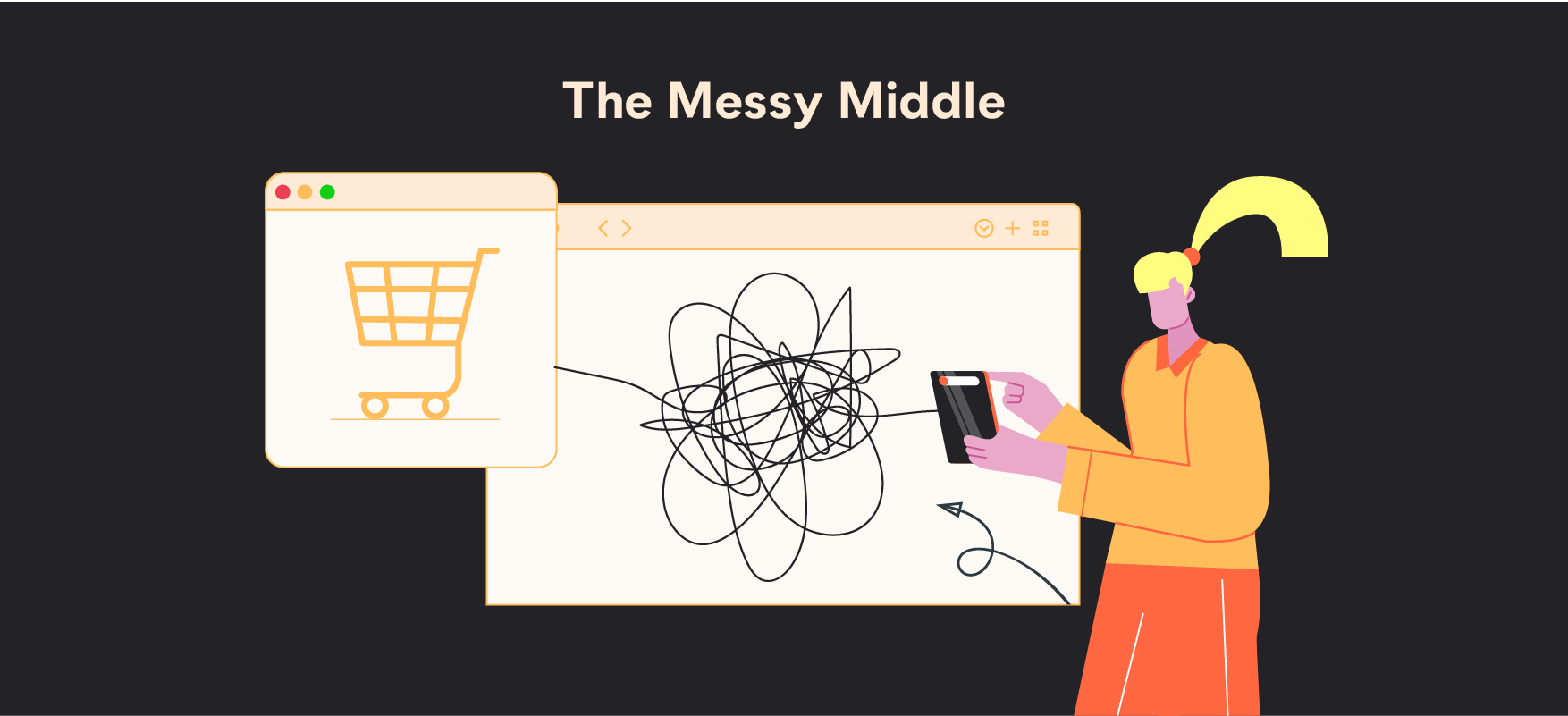The messy middle can be a challenging phase for marketers who are trying to convert customers into making a purchase.
As described by Google, this is a chaotic loop where buyers carry out most of their journey as they explore different options to find the one that best fulfils their needs.
Understanding this process is key for all marketers as you need to know why customers are reluctant to commit to a purchase so that you can serve them with content that mitigates these concerns. The problem is that customers use lots of different platforms when researching the best product or service for their needs, meaning there’s lots of factors that weigh on their final choice.
Whilst it might seem disheartening for marketers to learn that the amount of control they have over a customer’s purchasing habits is declining, by using the right strategies you can disrupt the messy middle and guide consumers to invest in your offering.
In this blog we’re exploring exactly what the messy middle is, why you need to care about it, and some of the strategies you can explore to navigate this complex phase successfully.










